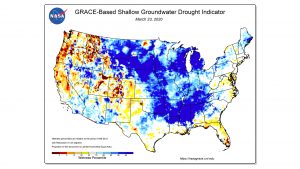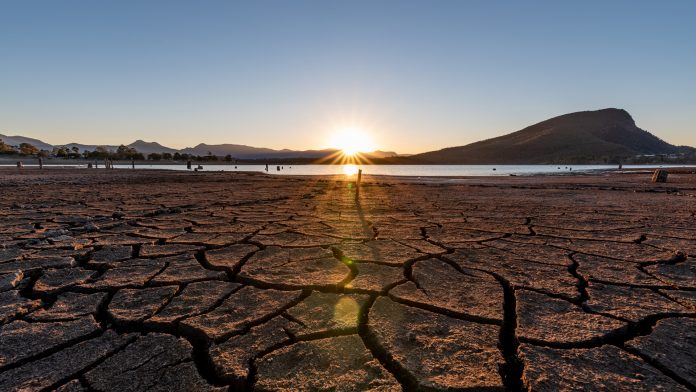NASA satellites have been used to detect the minuscule gravitational changes caused by the movement of Earth’s water.
Two centres located in the University of Nebraska-Lincoln School of Natural Resources used information from the NASA’s Gravity Recovery and Climate Experiment (GRACE) satellites to produce and share groundbreaking maps of topsoil, root zone soil and groundwater moisture around the world, as well as 30, 60 and 90-day forecasts of wet and dry conditions across the United States.
Brian Wardlow, director of UNL’s Center for Advanced Land Management Information Technologies (CALMIT), concluded that the snapshots of conditions in deep aquifers have no remote sensing equivalent.
“This is the culmination of almost a decade-long partnership with NASA scientists to develop remote sensing-based monitoring tools and now forecasts for both the national and global drought monitoring community,” Wardlow said.

Providing information to drought monitors
“The idea of getting improved information on soil moisture conditions has always been a critical area of need (for drought monitoring),” said Wardlow, the principle investigator on the projects.
Wardlow continued, “that’s always been one of the Holy Grails of remote sensing or drought monitoring. That’s always been a key information gap. What make this more unique is it’s the only remote sensing drought indicator approach that also assesses groundwater. This is really a first of its kind.”
This new map could inform drought monitoring operations globally whilst also allowing governments sufficiently prepare for future drought events.
“The global products are important because there are so few drought monitoring products out there,” Rodell said.
“Droughts are well known when they happen in places with a populated area. They’re usually well documented. But then there are other droughts that happen, and no one really takes notice. So, it’s interesting also to have a product like this where you can say, ‘Wow, it’s really dry there and no one’s reporting it’,” continued Rodell.







